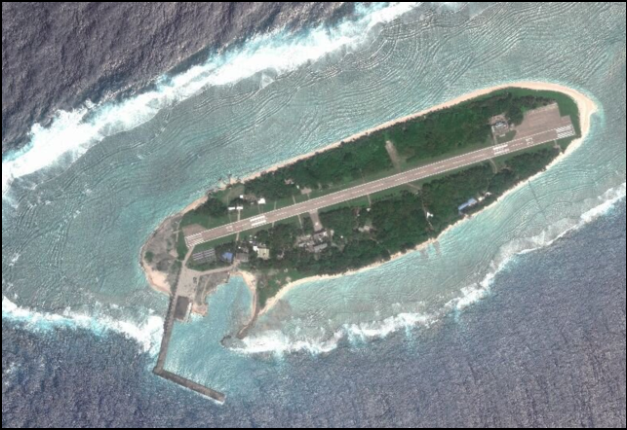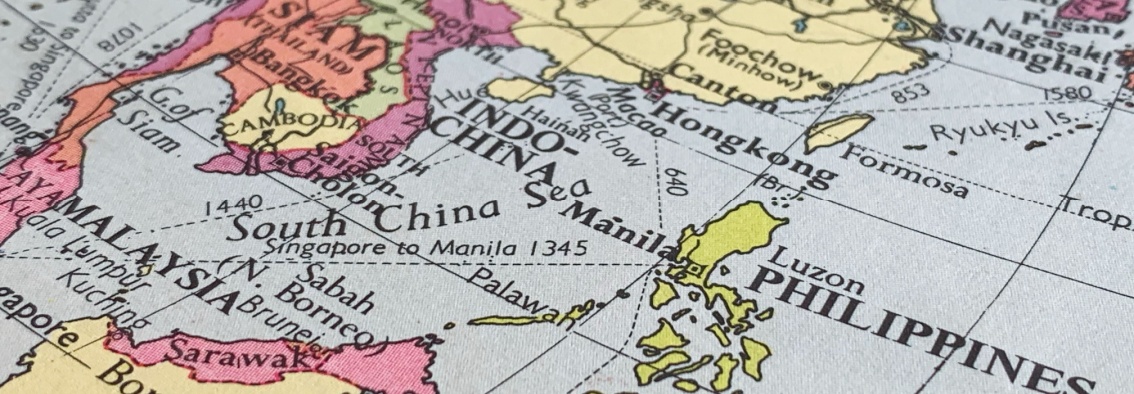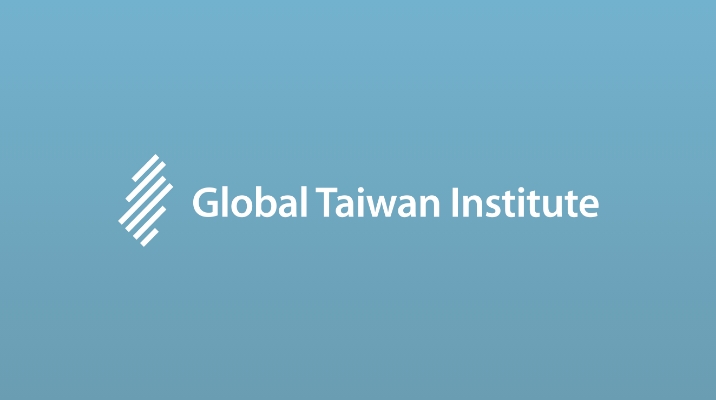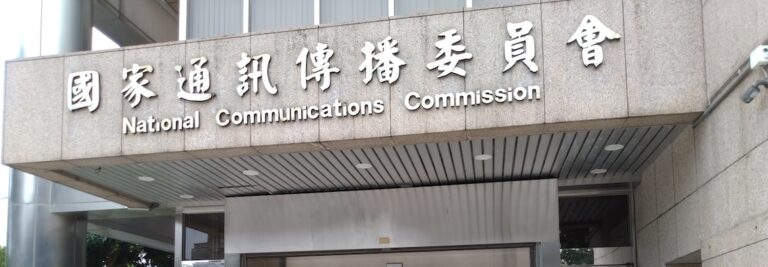Introduction
Situated between the Gulf of Tonkin to the northwest, the Taiwan Strait to the northeast, and the Sulu Sea to the southeast, the South China Sea (SCS) borders several East and Southeast Asian countries. As the world’s most immense sea at 3.5-million square kilometers (about twice the size of Alaska), the South China Sea is a vital maritime trade route and sea line of communication (SLOC) on which many Asian nations and extra-regional powers are heavily dependent. Great resources are at stake in the region: untapped natural gas and oil deposits underneath the seabed; a thriving fishing industry accounting for more than 12 percent of the world’s fish catch; and over 200 islands, islets, and rock features that pose strategic military significance for intra- and extra-regional powers.
More pressingly, the South China Sea has transformed from an “outlier sea whose ownership was not clear and for that reason did not attract much attention” [1] to a hotspot for regional tensions in Southeast Asia due to a set of overlapping territorial and maritime claims between the People’s Republic of China (PRC), the Republic of China (ROC), Vietnam, Malaysia, Indonesia, Brunei, and the Philippines. These disputes are further complicated by differing historical records, interpretations of international maritime law (namely the United Nations Convention on the Law of the Sea or UNCLOS), economic ambitions, and strategic and military considerations. In the last two decades, there have been numerous collisions, dangerous encounters, and standoffs between claimant states. Indeed, even extra-regional powers conducting reconnaissance missions or Freedom of Navigation Operations (FONOPs) have had run-ins in the South China Sea, particularly with the Chinese Coast Guard (中國海警局) and its various military entities.
But how does Taiwan, a de facto state for all intents and purposes, fit into the South China Sea disputes?
Surprisingly (or not), government officials, news commentators, and academics alike have often neglected Taiwan’s role in the South China Sea even though its forces occupy the largest island in the region, Itu Aba (太平島), and has arguably held its claim over the region for the longest out of surrounding states. Amid rising geopolitical tensions across the globe, the SCS has become a flashpoint that may serve to destabilize the region, hampered by an unwillingness among relevant actors to resolve the South China Sea disputes once and for all.
This article gives a brief overview of the extent of Taiwan’s involvement in the South China Sea disputes. It situates Taiwan front and center in the disputes and examines how it has sought to defend its interests in the region despite its complicated international status. I argue that the international community’s dismissal of Taiwanese ideas on dispute-resolution in the South China Sea is no longer a feasible option as tensions worsen. Rather, by considering Taiwan’s previous efforts to shelve territorial and maritime disputes in the nearby East China Sea, we can unearth the foundations for a common ground through which to resolve the SCS disputes.
How Has Taiwan’s Role in the Disputes Evolved?
The historical record plays a major role in understanding how any given dispute starts, why it started, and how it might be resolved. While this article does not provide an analysis of this history, nor does it examine the validity of competing archives or records, it does mention to some extent, various events and encounters in the region. The PRC has claimed that Chinese fishermen’s use of the waters and islands as early as 200 B.C. legitimizes its “historic rights” claims, first introduced by the Chinese Communist Party (CCP, 中國共產黨) under Mao Zedong (毛澤東) in the early 1950s.
On December 1, 1947, the Kuomintang (KMT, 國民黨) government under Chiang Kai-shek (蔣介石) first demarcated Taiwan’s claims to the South China Sea and released the Location Map of the South China Sea Islands. The Nationalists fled to Taiwan during the civil war with the CCP in 1949 but did not establish a presence in the Spratlys for over a decade despite having claimed sovereignty over them. [2] While the United States still recognized the Republic of China (Taiwan) after WWII, several US allies including those in the North Atlantic Treaty Organization (NATO) had gradually recognized the PRC by 1956. The ROC faced more challenges to its sovereignty when a Filipino mariner Tomás Clomá declared Itu Aba for himself as Free Territory of Freedomland in May of the same year. Taiwanese garrisons occupied Itu Aba in July 1956 and have remained there ever since. Taiwan would eventually lose its position as the “only legitimate and lawful representative of China to the United Nations” with UN Resolution 2758 in 1971, as more countries began to normalize their relations with the PRC.

Image: A photo of Itu Aba island taken by the National Aeronautics and Space Administration (NASA). (Image source: Wikimedia Commons.)
After a series of regional skirmishes between Vietnam, the PRC, and the Philippines, the Indonesian and Canadian governments (under the auspices of the Canadian International Development Agency [CIDA)], held workshops on managing potential conflict in the South China Sea disputes (also referred to as the “SCS Workshop series”). [4] The workshops got off to a challenging start as they did not originally include Taiwanese participation given the PRC’s resistance to any frameworks that would imply recognition of Taiwan as a sovereign state. Later years of the workshop did include Taiwan, though its contributions were limited. For example, both Taipei and Beijing attended a 1991 workshop on the condition that issues related to sovereignty over the islands were not to be raised. [5] Owing to the “One-China” principle, Taiwan has been prevented from sponsoring technical working group meetings on legal matters, marine scientific research, and resource development among other issue areas as it pertains to the SCS disputes. [6] And while the SCS workshops ultimately ceased—as CIDA halted funding sometime in the early 2000s—they can be viewed as a success in that they did manage to get all South China Sea claimant states to convene for a variety of discussions.
In 2012, China and the Philippines had a ten-week standoff in the disputed Scarborough Shoal. In a good-faith gesture, the Philippines withdrew from the shoal after a mutual withdrawal was reportedly negotiated by the United States. China was expected to do the same, but reneged [7] and began to deny the Philippines Navy and fishermen entry to the area.
After high-level political talks between the two failed, the Philippines invoked Article 287 and Annex VII of the 1982 UNCLOS to take China to an international tribunal. Taiwan, like China, came out against the Philippines’ case, but it was neither consulted on, nor invited to partake in the arbitration. Despite being shut out from the case, Taiwan’s government under former President Ma Ying-jeou (馬英九) made significant strides to maintain relevance for its position on the disputes. In late January 2016, Ma visited the disputed Itu Aba island to reaffirm Taiwan’s sovereignty and commitment to the principles outlined in his South China Sea Peace Initiative (SCSI) that was proposed a year prior.
Ma invited the five presiding arbitrators, international journalists and scholars on international law and political science to visit Itu Aba to bring greater attention to the island, and continued advocating for the South China Sea Peace Initiative amid the arbitration case.
Unfortunately for Taiwan, the panel of arbitrators did not respond to the Ma’s request to visit Itu Aba. Such a gesture was also met with discontent from partners such as the Philippines and the United States, which called Taiwan’s actions “extremely unhelpful” in resolving the disputes. In 2016, the tribunal ruled largely in favour of the Philippines but went a step further in designating Itu Aba as a rock feature and not an island under UNCLOS Article 121(3), based on the judgement that Itu Aba is unable to sustain human habitation or economic life of its own.
While the SCSI failed to garner support among claimant states, the Taiwanese government has had some success with its initiatives in the nearby East China Sea to resolve similar disputes. On April 10, 2013, Taiwan and Japan signed a fisheries agreement after 17 years of intermittent negotiations. The Agreement delineates broad fishing zones of 1,750 square miles near the Diaoyutai/Senkaku Islands where Taiwan and Japanese fishermen can operate freely and includes no references to the sovereignty disputes. [8] While the implementation of the Agreement has not resolved all tensions between Taiwanese and Japanese fishermen, it serves as a stepping stone for seeking to reduce tension in the region without compromising maritime claims of other claimants.
In the post-arbitration era, discussions revolving around Taiwan’s claims and interests in the South China Sea have largely dissipated. On the academic front, analyses of Taiwan’s position on the disputes are largely retrospective in nature and concern the policy differences between the Ma Ying-jeou and Tsai Ing-wen (蔡英文) Administrations. The consensus among the academic and policy community is that Ma took bigger and bolder steps in asserting Taiwan’s sovereignty claims to the region, such as through his promotion of the South China Sea Peace Initiative. [9]
Where Are We Now?
Over half a century has passed in this modern phase of SCS disputes, yet we are no closer to a resolution. The Philippines v. China arbitration case—and its recent ninth anniversary—appears to be the only substantial milestone in addressing a variety of issues that plague the region. Moreover, much scholarly work, news headlines, and commentary remain preoccupied with examining the behavior of the PRC, Vietnam, and the Philippines to the detriment, and ultimately erasure of Taiwan’s claims. As tensions continue to circulate amongst claimant states, Southeast Asia finds itself at a crossroads in confronting what it perceives as PRC aggression in the region. This comes on the heels of renewed clashes between China and the Philippines in and around the Scarborough Shoal. And in late June, the Chinese Coast Guard carried out a large military civilian rescue drill off the disputed Woody Island.
Taiwan presents a special case study as its minimal international recognition, and lack of signatory status to UNCLOS fundamentally complicate its sovereignty claims to the South China Sea. The Taiwanese government has, however, flagged its interests in settling the disputes between claimant states through its attempts to appeal to the international community and institutions it is shut out from. [10] The seemingly intractable nature of the South China Sea disputes should prompt states to reconsider Taiwan’s position and ideas on how to manage potential conflict in the region.
The main point: The international community and Asian countries continue to exclude Taiwan as a legitimate actor and claimant in the South China Sea disputes. As regional tensions persist, intra- and extra-regional states should reconsider Taiwan’s position on the disputes and ideas on how to resolve them.
[1] Leszek Buszynski and Do Thanh Hai, eds., The South China Sea: From a Regional Maritime Dispute to Geo-Strategic Competition, 1st ed. (Routledge, 2019), 1–2, https://doi.org/10.4324/9780429331480.
[2] As with many islands, rock features, and reefs in the South China Sea, various claimant countries have their own names for these locations. For example, while China and Taiwan (ROC) refer to it as Taiping Island (or Taiping Dao) it is largely known as Itu Aba Island.
[3] Rodolfo Severino, Where in the World Is the Philippines? Debating Its National Territory (S.l.: Institute of Southeast Asian Studies, 2011), 79.
[4] Yann-Huei Song, “Cross-Strait Interactions on the South China Sea Issues: A Need for Cbms,” Marine Policy 29 (July 7, 2004): 269–70, https://doi.org/10.1016/j.marpol.2004.05.001.
[5] See previous citation.
[6] Snyder, Scott, Brad Glosserman, and Ralph A. Cossa. “Confidence Building Measures in the South China Sea.” Pacific Forum CSIS: Issues & Insights, nos. 2–01 (August 2001): 15.
[7] Michael Green et al., Countering Coercion in Maritime Asia: The Theory and Practice of Gray Zone Deterrence, 1st ed, CSIS Reports (Lanham, MD: Center for Strategic & International Studies, 2017), 117.
[8] U.S.-China Economic and Security Review Commission. 2013 Annual Report to Congress. Report. United States Congress, (2013): 331.
[9] Dennis V. Hickey, “Continuity and Change: Ma Ying-Jeou, Tsai Ing-Wen and the Dispute in the South China Sea,” J. Territorial & Mar. Stud. 5 (2018): 77–78.
[10] Dana S. Trif, “Negotiating ‘Access’ to the International ‘Rules-Based Order’: Taiwan’s South China Sea Policy,” The Pacific Review 37, no. 3 (May 3, 2024): 649, https://doi.org/10.1080/09512748.2023.2206160.





